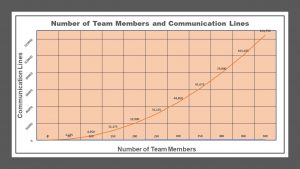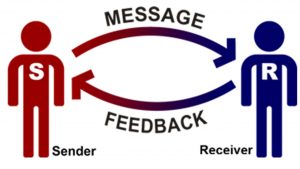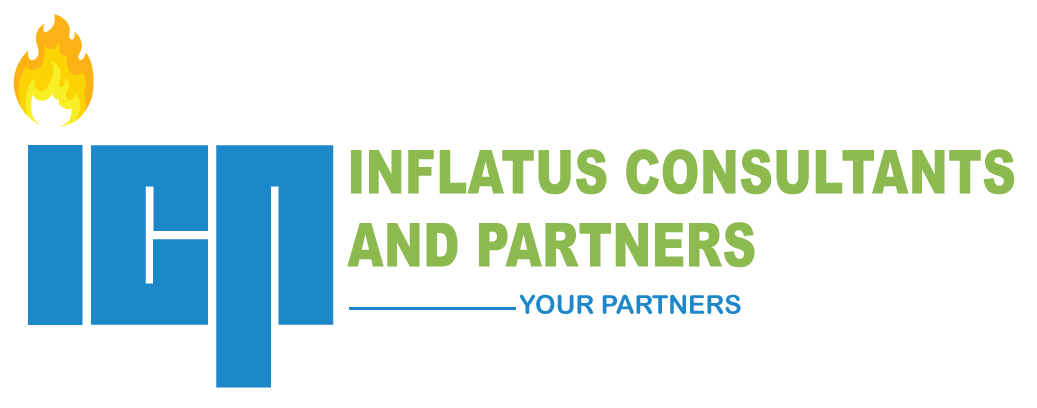Effective Communication – Key to Project Success
Evidences abound that effective communication is key to project success. The Project Management Institute (PMI), for example, recognizes communication as one of the knowledge areas necessary for project management success. It also outlines the role communication plays in each project phase and what form it needs to take.
Also, most researchers and experts agree that effective communication plays a vital role in the successful execution of projects. They have also identified its absence as one of the root causes of many project failures. To this end, Jeff Hodgkinson, one time IT Hosting Transformation Program Manager at Intel, submits that research has proven that when projects fail, someone in the team knew it beforehand, but that knowledge was not shared and acted upon.
Perhaps that is why Paul Sanghera, author of PMP in Depth, insists that communication is the most important aspect of the project and most important skill for the project manager to have. Some even say that communication constitutes 90 percent of the work of a project manager.
But many project managers have never had any training in effective communication. And that reduces their power and ability to influence. However, effective communication would enable them to gain interpersonal acceptance and commitment. It can also serve as a good motivation factor and is critical to team integration and interface management.
That is probably why former American president, Gerald Ford said, “If I went back to college, I’d concentrate on two areas: learning to write and to speak before an audience.” Nothing, according to him, is more important in life than the ability to communicate effectively.” And this equally applies to the project manager.
On his part, Vijay Verma, author of Human Resource Skills for the Project Manager, explains that effective communication is crucial to project success because project management involves formal and informal communication at various levels in the organization. Such communication includes all the activities and behavior by which information or ideas are transferred between the project manager and individuals working on the project as well as other stakeholders.
Unfortunately, many project managers and team members do not recognize the role of effective communication in team performance. That is why one commonly finds managers who have never stopped by the desk of a project team member, even if they have been in the same team and in the same location for months.
Therefore, the project team must identify the challenges to effective communication and device means to overcome them to ensure project success. Such challenges include:
- Team size and communication complexity
Project team size can present a major communication challenge both in technology and complexity. The exponential relationship between team size and communication channels is represented by the equation C = N(N-1)/2; where C = Communication Channels/ lines and N = number of team members.
This is represented graphically below. Thus, a small team of 5 people will require 10 communication lines. But a medium size team of 100 requires 4,950 communication lines! That is challenging both in communication skills and technological requirement!

- Dispersed team
It is common to have project team members reside in various locations, sometimes in different time zones. This comes with its own communication challenges. Sometimes it is impossible to have all team members attend meetings because while some are reporting for work in one part of the world other team members are closing.
For example, the team members of one of our projects were in two different continents. While some of us were in Lagos, Nigeria, the rest were in Houston, Texas – some 6 hours’ time difference. So, on an 8-hour day, some would just be settling in for work while others are preparing to close. Consequently, we had to put in extra hours each week to be able to hold the weekly teleconference progress meetings. This would incur additional cost to the project if overtime pay applies, besides the cost of technology.
- Multicultural team
Multicultural teams have become the norm and will remain so for the foreseeable future. However, the challenge that they represent must be recognized and addressed. Apart from team members speaking different languages, our culture influences how we speak and how we interpret what we read or hear. People tend to directly translate their native language into English. And this may distort the meaning to a person from a different culture.
Accent is also a problem. I remember one of my former colleagues requesting that I should join him in a meeting with a contractor personnel because he could not understand the person’s accent.
This may even extend to body language and gestures. Engaging an interpreter may not even solve the problem as the following story shows.
A Mexican bandit crossed into the US and robbed banks. On one such trips he was caught by a sheriff. But the bandit spoke only Spanish while the sheriff spoke only English. The sheriff, speaking through an interpreter, asked the bandit where he hid the money. He replied in Spanish, “I don’t know anything”.
The sheriff then put a gun to the bandit’s head and said to the interpreter “Tell him that if he doesn’t tell us where the money is right now, I’ll blow his brains out”. Upon receiving the translation, the bandit became very agitated, and said to the interpreter in Spanish, “I remember! You have to walk across three squares to the big tree. The money is under the tree.” The interpreter turned to the sheriff and said, “He says he wants to die like a man!”
- Organizational Politics and Culture
Some individuals operate by the philosophy: “information is power”. So, they do not share information freely. The less information they give out the more powerful they feel. This creates distrust between ‘the powerful’ who know and the rest who do not. And if such information is what a team member needs to work effectively, then the project is doomed.
The other extreme is where open and honest communication is not welcome. They literally shoot the harbinger of bad news. This too has deleterious effect on project success.
In some cultures, open communication by a subordinate may be regarded as insubordination or disrespect. Some cultures frown at assertive communication as confrontation. All these may have negative impact on project success. Experts have shown that differences in language and culture compound communication challenges in the international project arena.
- Organizational barriers
Some organizations have very rigid communication procedures – you do not bypass hierarchy. This often hinders quick resolution of project problems.
I mentioned in my earlier post how my project team faced a challenge that could have cost us a contract if a major decision was not made within two hours. But I had direct line to the top of the organization and the project was saved. The story would have been different if we had to pass through layers and layers of hierarchy.
Some organizations are trying to run projects with a Civil Service organization structure, and they are wondering why things are not working!
- Poor communication and language skill
Poor communication skills would still undermine the project even if all the other challenges have been overcome. George Bernard Shaw’s statement that “the single biggest problem in communication is the illusion that it’s taken place”, captures it quite succinctly. The following graphics show the basic elements of effective communication.

For communication to take place, the sender of information must ensure that the receiver receives the message as intended and that the feedback confirms this.
Communication does not take place just because somebody has said something.
But quite often this is not the case, as this story of the blacksmith and his apprentice illustrates. It is said that the blacksmith instructed his new apprentice as follows: “When I take the shoe out of the fire, I’ll lay it on the anvil, and when I nod my head, you hit it with the hammer.” The apprentice did just as he was told, and now he’s the village blacksmith, because the blacksmith died when the apprentice hit him on the head with the hammer!
In spite of this, we often assume that communication has taken place just because we have issued a memo or email. But until we receive a feedback indicating that the information has been received as intended, communication has not taken place. And the originator of the communication is responsible for ensuring that intended information has been received.
Therefore, a critical component of effective communication is communicating with the receiver in mind. Very often one reviews weekly reports and is not able to understand what is being communicated because of poor communication skills of the initiator – poor grammar, use of abbreviations, acronyms and jargons without first defining them.
The Way forward
We have seen that effective communication is the key to success for the individual as well as the project. It is obvious that project managers, project team members, and all stakeholders, can increase their personal power or influence by developing effective communication skills.
Most problems in the project environment can be traced to some form of communication problem.
It has become almost industry practice for the planning engineer to prepare project reports. But nothing prevents the team from engaging someone else to carry out the task if the planning engineer does not have good communication skills. I had a very smart project manager once, who employed a technical writer to take charge of project reporting. And he has taken the chap along even as he moves from one organization to another. That is a very smart move by any reckoning.
Effective stakeholder management through efficient communication management is critical to project success. In fact, “stakeholder management can make or break a project” as we have already seen.
Researchers suggest that in preparing an efficient and effective communication plan consideration should be given to:
- Organization culture and political environment
- Tailoring the plan to match project’s impact
- Facilitation and promotion of understanding
- Planning for crisis communication.
- Communication strategy that is appropriate and must address the message, the audience, the medium and the expected outcome.
So, in preparing the Plan for your project consideration should be given to these.


